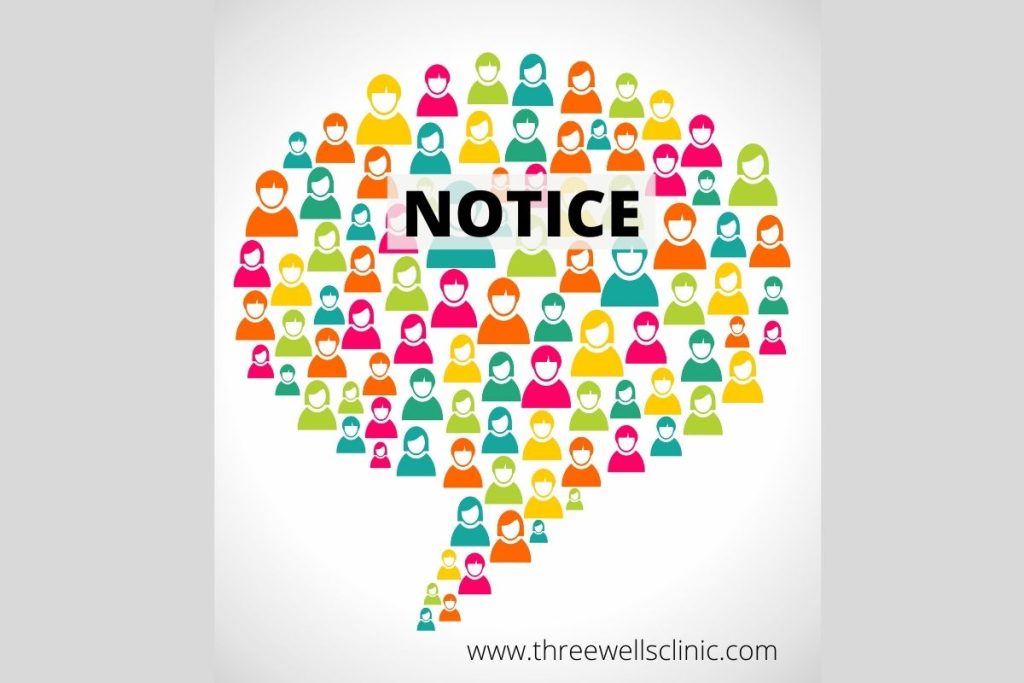Here’s something to think about first, then I’ll give you an experiment to do at the end…
- If I told you I treated a patient today who has diabetes, are you picturing someone in a smaller body or a larger body?
- If I told you I treated a patient today who is very inactive and has a tendency to snack excessively in the evening, are you picturing someone in a smaller body or a larger body?
- If I told you I treated a patient today who has high cholesterol and knee arthritis, are you picturing someone in a smaller body or a larger body?
You don’t have to tell me your answers.
The vast majority of people make the default assumption that the patients above are all in larger-sized bodies.
But this is not true.
I am lucky in my clinic that I get to work with people of all shapes and sizes, so I get to see how this plays out in real life.
- People in large bodies AND people in small bodies have diabetes.
- People in large bodies AND people in small bodies are inactive.
- People in large bodies AND people in small bodies have arthritis.
- People in large bodies AND people in small bodies have high cholesterol.
It works the other way too…
- People in small bodies AND people in large bodies exercise regularly.
- People in small bodies AND people in large bodies love vegetables.
- People in small bodies AND people in large bodies are healthy.
- People in small bodies AND people in large bodies are worthy.
And so on.
But which size do you think is more likely to feel shame in thinking their size is the cause of their problems?
Weight is affected by so much more than diet and exercise, including (but not limited to):
- hormones
- medications
- age
- history of dieting
- stigma and bias
- access to care
- sleep
- stress
- medical conditions and their treatments
- trauma
- finances
- and probably most of all – genetics.
We have less control over our weight than we think we do.
Weight is not an actionable behavior. Weight is a neutral physical description of a body just like height and shoe size.
Observation Experiment
Over the next week, every time you are around people, or out in a public setting, or even when watching TV, look – really look – at people.
Notice all their different shapes and sizes, their different faces, their different hair, their different way of moving, etc.
You don’t have to do anything right now with these observations.
Just notice.
Next time I’ll give you part two of this experiment.
This post may contain affiliate links, meaning I may receive a commission (at no extra cost to you) if you use that link to make a purchase. See my disclaimer.
Is Three Wells right for you?
Get a free 15 minute Q&A consultation to find out!
